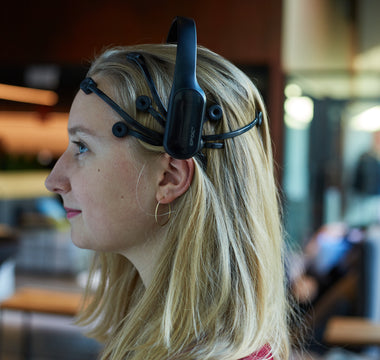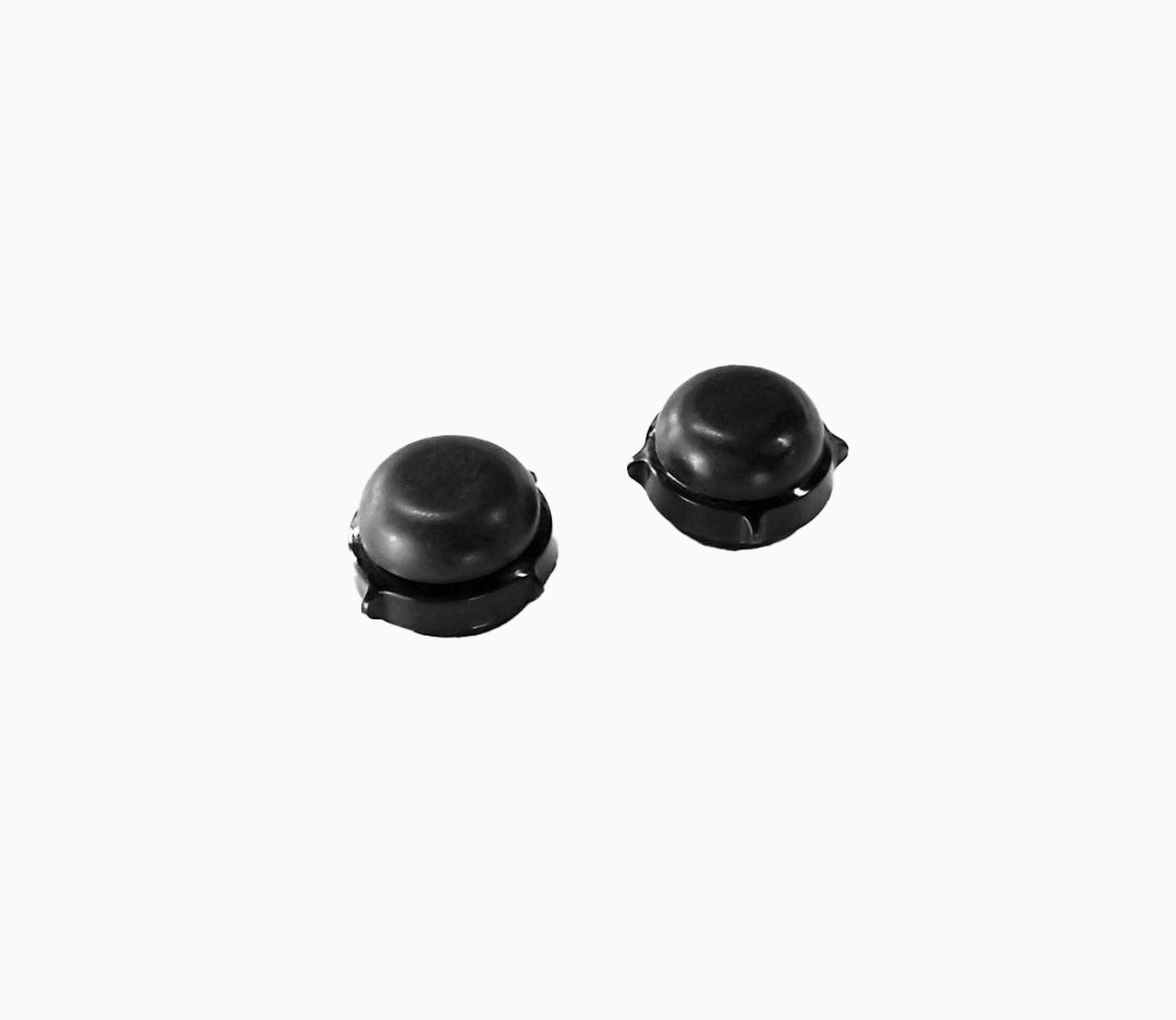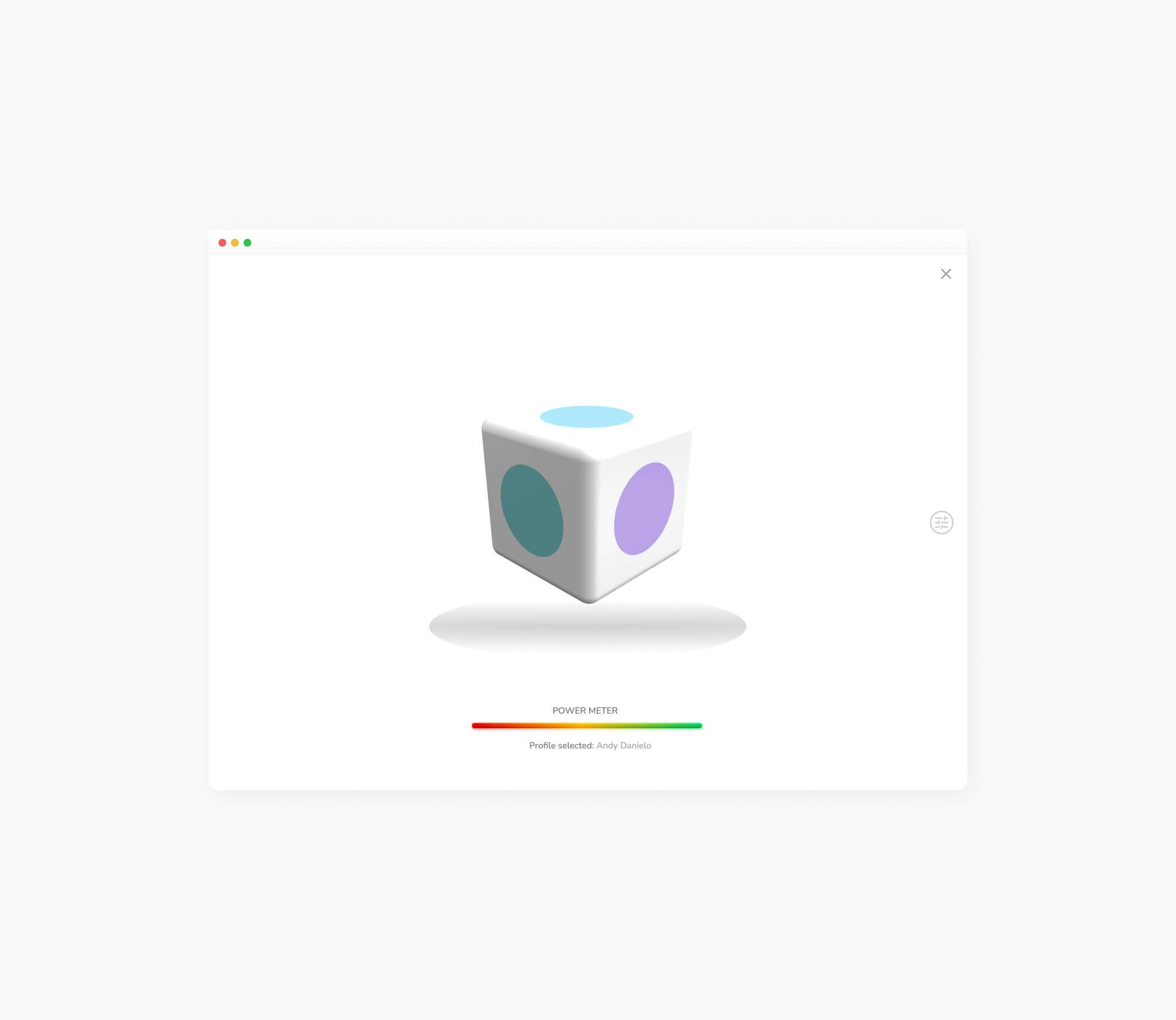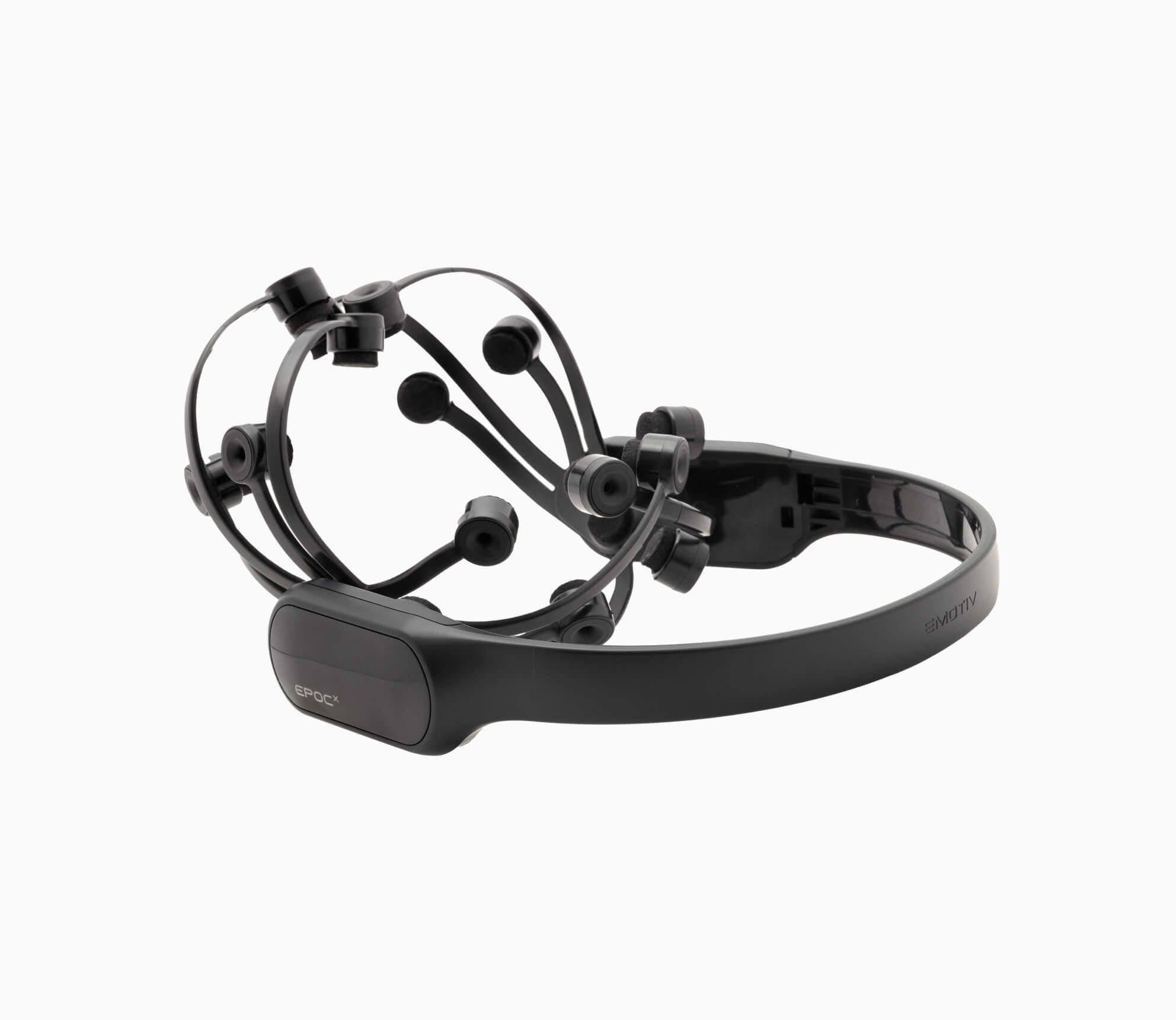Safe driving is a major concern for everyone. New technology has brought us self-driving cars with the hope that it will reduce crashes caused by human error. It has also introduced features that aim to make driving safer and more enjoyable. These features include heads-up displays on windshields and automatic braking systems, just to name a few.
Since 2010, traffic deaths worldwide have gone down by 5%. However, 1.19 million people still die in car accidents each year. Additionally, car accidents injure up to 50 million people annually1.
No matter how advanced a car's system is, the human brain is the most powerful computer. Understanding cognitive distraction plays a crucial role in ensuring safety on the road.
Why Distraction is Deadly
Humans have fooled ourselves into thinking that we can multitask. Studies prove that the human brain cannot effectively multitask without a significant decrease in speed and accuracy2.
Talking on a cell phone or infotainment system while driving is common in today's society. However, this can be dangerous because it distracts you from the road.
Distracted driving laws try to improve driver safety. Engineers design cars to be easier to use without hands to reduce distractions. However, crashes involving distracted drivers still cause nine deaths daily in the United States3.
Sending a quick text message might feel instant, but taking your eyes off the road for any reason can be deadly. The CDC estimates that texting while driving at 55 mph is like driving a football field with your eyes closed4. Distracted driving can happen for many reasons, like being tired, upset, or using drugs or alcohol.
Wireless EEG headsets can detect distractions while driving, helping to prevent accidents in real-time. In 2013, the Royal Automobile Club of Western Australia tested this theory.

The attention-powered car puts distracted driving to the test. Source: RAC
Attention-Powered Cars
As the CDC example shows, our brains can’t consciously process urgent information when we’re distracted. The RAC of Western Australia discovered that 20% of Australian drivers involved in crashes were looking at the object they hit. However, they could not comprehend what was happening because of cognitive distraction.
“The brain is basically an attention machine,” explained Geoffrey Mackellar, co-founder and Chief Technology Officer of EMOTIV. The front part of the brain has to be active and very much involved in driving because the subconscious brain doesn’t know that driving out of a lane is going to cause a problem.”
The idea: what if your car could sense when you’re distracted and slow down? RAC worked with EMOTIV to modify a Hyundai i40 that could do just that. Drivers were fitted with an EPOC Series 14-channel EEG headset that communicated with the vehicle. Brain performance directly impacted the car's speed.
After taking benchmark measurements for various brain states including eyes open/closed, gaze rates, “zoning out," etc., the vehicle was programmed to slow down when the person was distracted. The car also reacted when a driver turned their head away from the road, as indicated by EPOC’s built-in gyroscope.
RAC took the “attention-powered” car on a road trip to prove that inattention affects everyone6. The road trip was followed up with a series of closed circuit experiments to further explore the problem of cognitive distraction, especially on long stretches of roadway. While the modified car hasn’t been mass-produced, it created public awareness of how easily we can become distracted behind the wheel.
The appeal of a smart brain-to-vehicle (B2V) system hasn’t been lost on car manufacturers. In 2018, Nissan revealed a B2V prototype that can adjust to a user's preferences and respond quickly in emergencies7.
“By anticipating intended movement, systems can engage (turning the steering wheel or slowing the car) 0.2 to 0.5 seconds faster than the average human response time, improving reaction times while being largely imperceptible for the driver,” Nissan explained8.

Real-time alerts could alert drivers of impairment before they are too tired to drive.
Drowsiness Alerts
Feeling sleepy is more obvious to the conscious mind than inattention. By the time a driver starts yawning or nodding their head, however, the danger to themselves and others is already imminent. That’s why researchers are exploring the use of wireless EEG to predict drowsy driving before it’s too late.
If such a drowsiness detection system were implemented into a car’s operating system, a driver might be alerted at the first sign of cognitive impairment. This concept could be beneficial for general distraction, as well.
One university study created a software framework and used an EPOC headset to detect wandering attention during lectures. Vibrating text message alerts were sent to students’ cell phones when alertness fell, allowing 75% of participants to regain and maintain focus9.
A person’s drowsiness can be identified through several visual cues, such as head nodding, eye closing, and yawning. A study by Li et al. of Pukyong National University used video and EEG data to observe alert brain states and changes and head movements. They reported a detection accuracy of 96.24% when observing “slightly drowsy” events10.
Taking this idea further, a 2017 study designed and implemented a polling algorithm to measure various depths of drowsiness. The goal is to spot drowsiness early on in real-time to prevent it from becoming dangerous while driving. An EMOTIV EPOC was used to measure brain activity during the experiment. The authors reported an 82% success rate of separating the drowsy and waking stages11.

EEG is measured alongside visual cues such as yawning to pinpoint a loss of alertness in the subject while driving. Source: Li et al., 2015
Keep Calm and Drive On
The UN aims to reduce road traffic deaths and injuries by half by 203012. Scientists and engineers can learn how distracted drivers think and design vehicles to help them. This is possible because of the price and availability of wireless, mobile EEG devices.
Researchers use mobile EEG to study distracted driving from mindfulness to detecting drowsiness, to prevent accidents on the road.
References
1Road traffic injuries. (2023, December 13). World Health Organization: WHO. https://www.who.int/news-room/fact-sheets/detail/road-traffic-injuries
2Madore, Kevin P. and Anthony D. Wagner. (2019, April 1). Multicosts of Multitasking. PubMed Central (PMC). www.ncbi.nlm.nih.gov/pmc/articles/PMC7075496
3Distracted Driving. (2023). NHTSA. https://www.nhtsa.gov/risky-driving/distracted-driving
4Distracted driving | Transportation Safety | Injury Center | CDC. (n.d.). https://www.cdc.gov/transportationsafety/Distracted_Driving/index.html
5Stinson, L. (2013, November 8). This car senses when you’re not paying attention and slows down. WIRED. https://www.wired.com/2013/11/this-car-slows-down-when-youre-not-paying-attention/
6RAC WA. (2013, November 17). RAC Attention Powered Car Road Trip TVC [Video]. YouTube. https://youtu.be/D8WHS0T4N08
7CNET Cars. (2018, January 8). CES 2018: Nissan's brain-to-vehicle technology can sort of read your mind [Video]. YouTube. https://youtu.be/pEthcB-P5Qw
8Brain-to-Vehicle | Innovation |. (n.d.). Nissan Global. https://www.nissan-global.com/EN/INNOVATION/TECHNOLOGY/ARCHIVE/B2V/
9Charitha, S., Karunananda, A., & Philippe, G. (2017). Framework for modeling of regaining the attention. Journal of Applied and Physical Sciences, 3(2). https://doi.org/10.20474/japs-3.2.1
10Li, G., & Chung, W. (2015). A Context-Aware EEG headset system for early detection of driver drowsiness. Sensors, 15(8), 20873–20893. https://doi.org/10.3390/s150820873
11Shen, J., Li, B., & Shi, X. (2017). Real-Time detection of human drowsiness via a portable Brain-Computer interface. Open Journal of Applied Sciences, 07(03), 98–113. https://doi.org/10.4236/ojapps.2017.73009
12With 1.3 million annual road deaths, UN wants to halve number by 2030.
(2021, December 6). UN News. Retrieved March 27, 2024, https://news.un.org/en/story/2021/12/1107152






